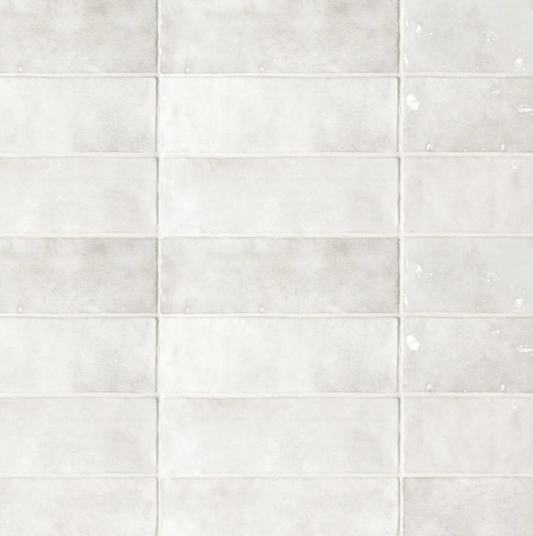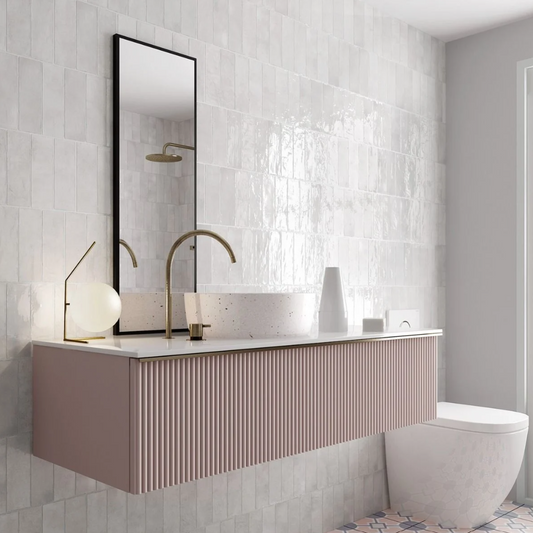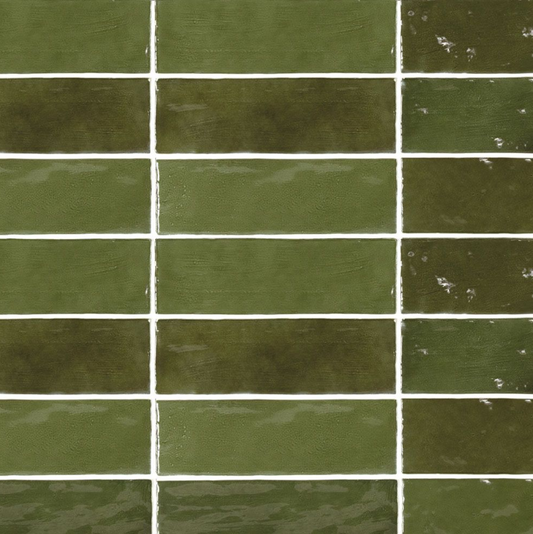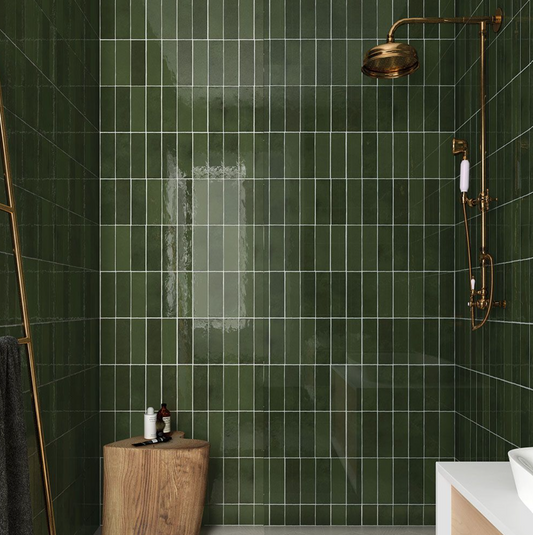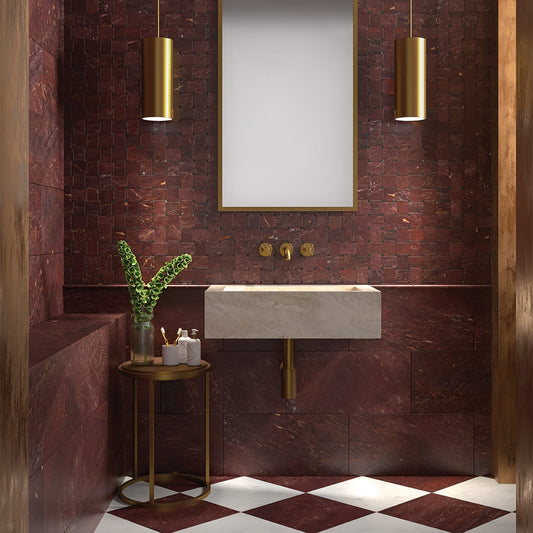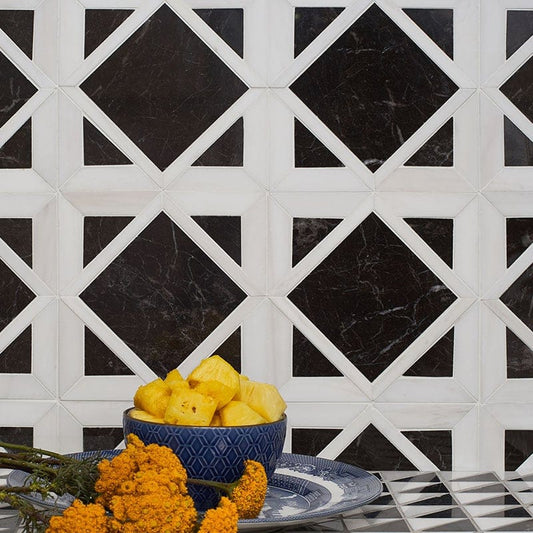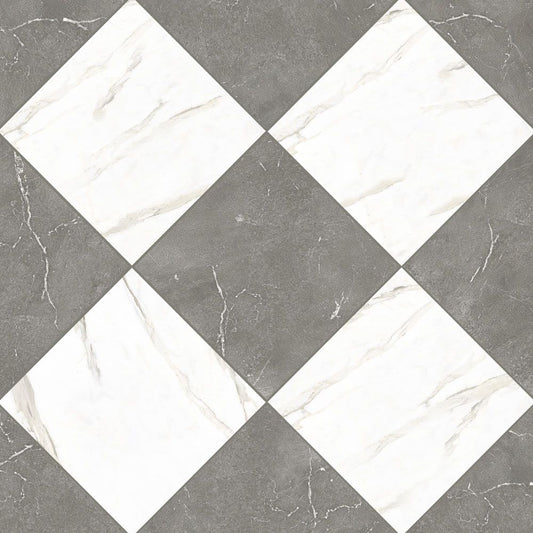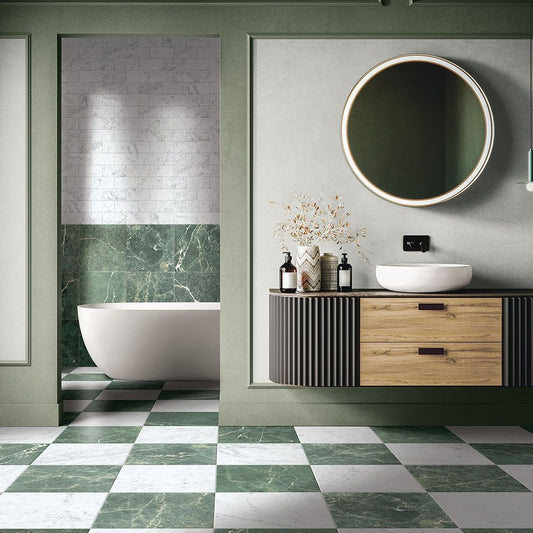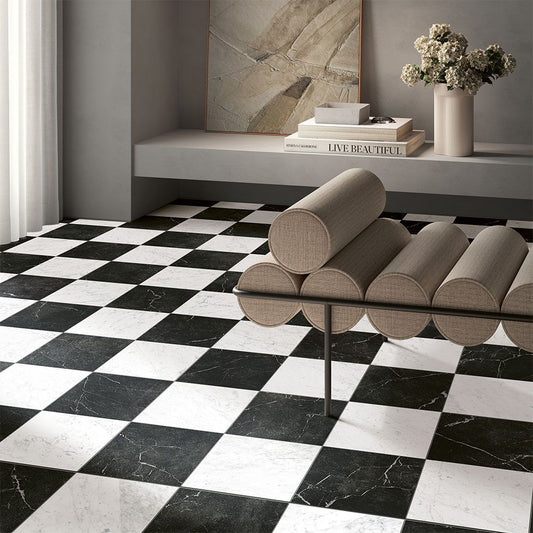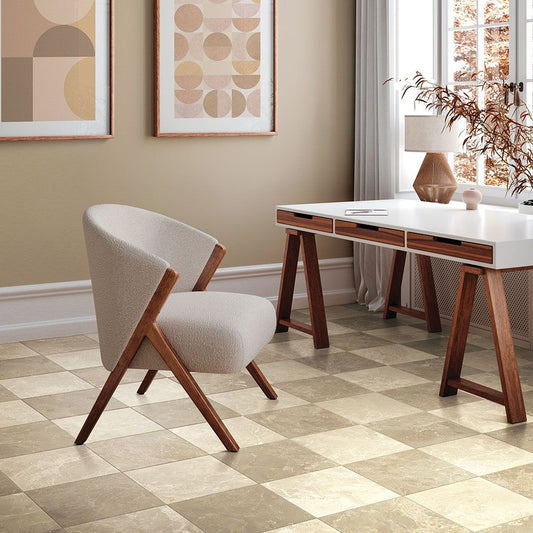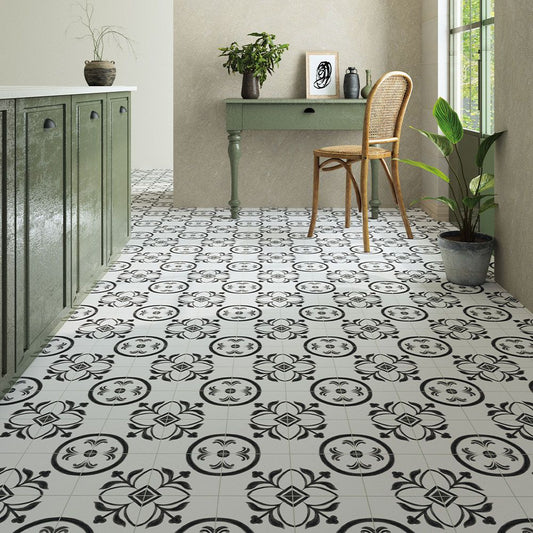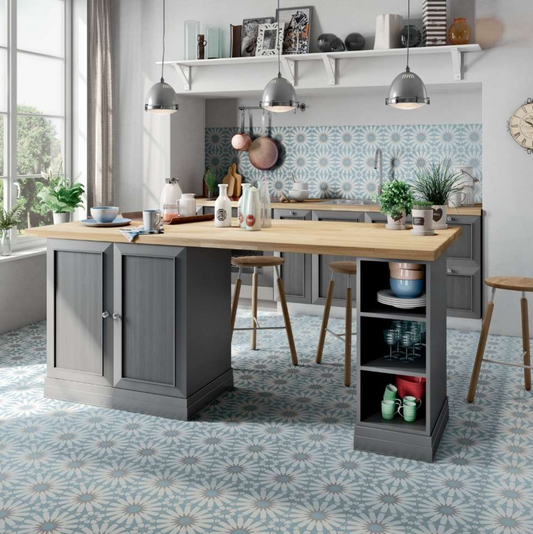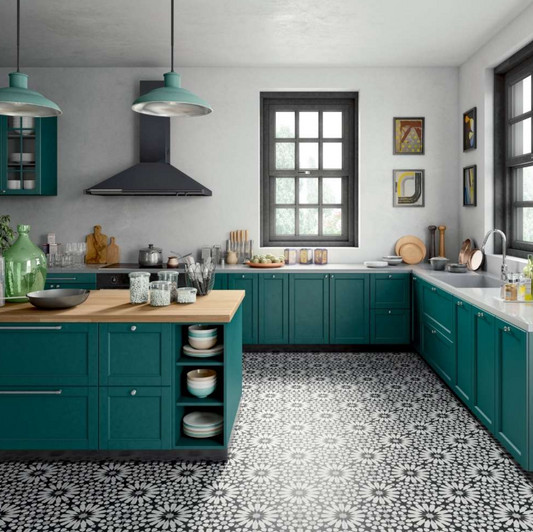BATHROOM AND SHOWER TILE
-
Ceramic Tile Zellige Gris Nuage Glossy 2.5"x8"
Regular price $42.99 USDRegular priceUnit price / per -
Ceramic Tile Zellige Botanical Green Glossy 2.5"x8"
Regular price $42.99 USDRegular priceUnit price / per -
Red Bordeaux Honed Marble Tile 12"x24"x1/2"
Regular price From $199.92 USDRegular priceUnit price / per -
White Carrara, Black Multi Finish Constantine Marble Mosaic
Regular price $120.00 USDRegular priceUnit price / per$45.00 USDSale price $120.00 USD -
Snow White, Black Multi Finish Kent Marble Mosaic
Regular price $49.99 USDRegular priceUnit price / per$45.00 USDSale price $49.99 USD -
Marmo Classico Calacatta Oro Porcelain Tile Matte 12"x12"
Regular price $85.17 USDRegular priceUnit price / per -
Marmo Classico Verde Porcelain Tile Matte 12"x12"
Regular price $85.17 USDRegular priceUnit price / per -
Marmo Classico Carrara Porcelain Tile Matte 12"x12"
Regular price $85.17 USDRegular priceUnit price / per -
Marmo Classico Nero Porcelain Tile Matte 12"x12"
Regular price $85.17 USDRegular priceUnit price / per -
Marmo Classico Grigio Porcelain Tile Matte 12"x12"
Regular price $85.17 USDRegular priceUnit price / per -
Marmo Classico Crema Porcelain Tile Matte 12"x12"
Regular price $85.17 USDRegular priceUnit price / per -
Marmo Classico Taupe Porcelain Tile Matte 12"x12"
Regular price $85.17 USDRegular priceUnit price / per -
Brushstroke Noir Porcelain Patterned Tile Matte 6"x6"
Regular price $48.18 USDRegular priceUnit price / per -
Etna Aster Black&White Porcelain Patterned Tile Matte 8"x8"
Regular price $115.97 USDRegular priceUnit price / per -
Etna Aster Blue Porcelain Patterned Tile Matte 8"x8"
Regular price $115.97 USDRegular priceUnit price / per -
Etna Big Aster Black&White Porcelain Patterned Tile Matte 8"x8"
Regular price $115.97 USDRegular priceUnit price / per
Collection: BATHROOM AND SHOWER TILE
Designing a bathroom and shower tile collection involves curating tiles that not only enhance the aesthetic appeal of the space but also meet functional requirements for moisture resistance and durability. Here are some key considerations and popular options for bathroom and shower tiles:
Types of Tiles
-
Ceramic Tiles:
- Advantages: Durable, water-resistant, wide range of designs and colors, easy to clean.
- Suitability: Ideal for both walls and floors in bathrooms and showers.
-
Porcelain Tiles:
- Advantages: Even more durable and water-resistant than ceramic, low maintenance, suitable for high-traffic areas.
- Suitability: Great for bathroom floors and walls, including shower areas.
-
Glass Tiles:
- Advantages: Reflective surface adds depth and visual interest, available in a variety of colors and finishes.
- Suitability: Best used as accent tiles or for decorative purposes in showers and as backsplashes.
-
Natural Stone Tiles (e.g., marble, travertine, slate):
- Advantages: Unique natural variations, timeless appeal, can increase home value.
- Suitability: Recommended for bathroom floors and walls, but may require sealing to prevent water damage.
-
Mosaic Tiles:
- Advantages: Small size allows for intricate designs and patterns, can be made from various materials (glass, ceramic, stone).
- Suitability: Ideal for shower floors, accent walls, or as decorative borders.
Design Considerations
- Color Palette: Choose colors that complement the overall bathroom design and create a harmonious atmosphere.
- Texture: Consider textured tiles for shower floors to prevent slipping, while smooth tiles are easier to clean on walls.
- Pattern and Layout: Experiment with patterns like herringbone, subway, or geometric designs to add visual interest.
Functional Requirements
- Water Resistance: Ensure tiles are suitable for wet environments and consider using grout with waterproofing properties.
- Maintenance: Select tiles that are easy to clean and maintain, especially in high-moisture areas like showers.
- Durability: Opt for tiles that can withstand daily wear and tear, including frequent cleaning and exposure to water.
Installation Tips
- Proper Preparation: Ensure the substrate is properly prepared and waterproofed before tile installation.
- Grout Selection: Use epoxy or urethane grout for better resistance to water and stains in showers.
- Sealing: Seal natural stone tiles and grout lines regularly to maintain their appearance and protect against moisture.
Conclusion
Creating a bathroom and shower tile collection involves balancing aesthetics with functionality and durability. By selecting the right types of tiles, considering design elements, and ensuring proper installation and maintenance, you can create a stylish and functional bathroom space that meets your needs and enhances your home's value.


